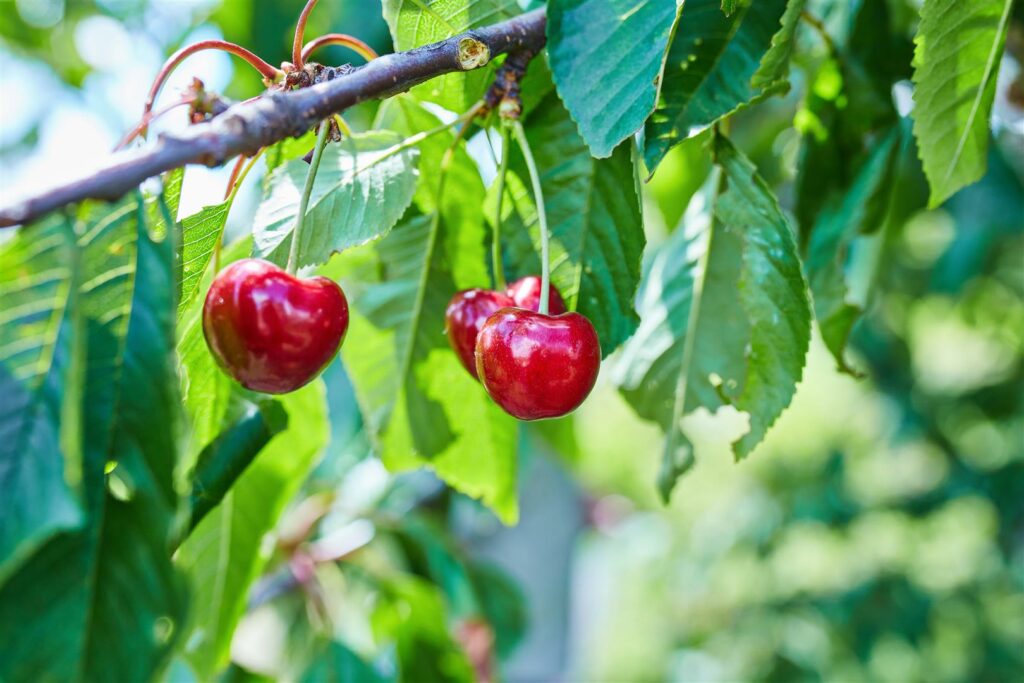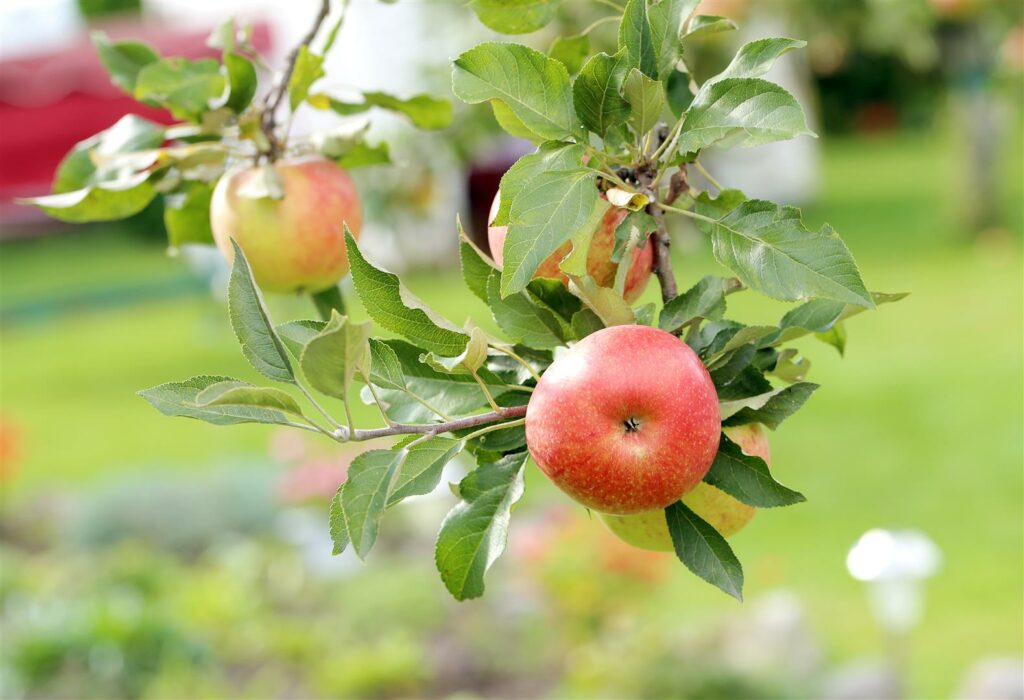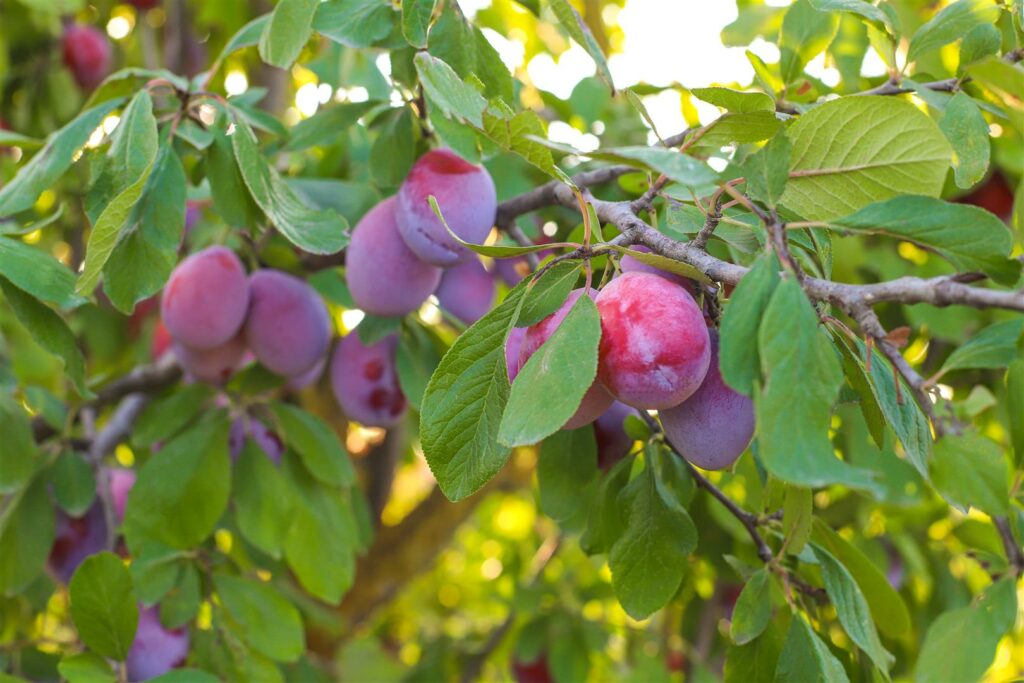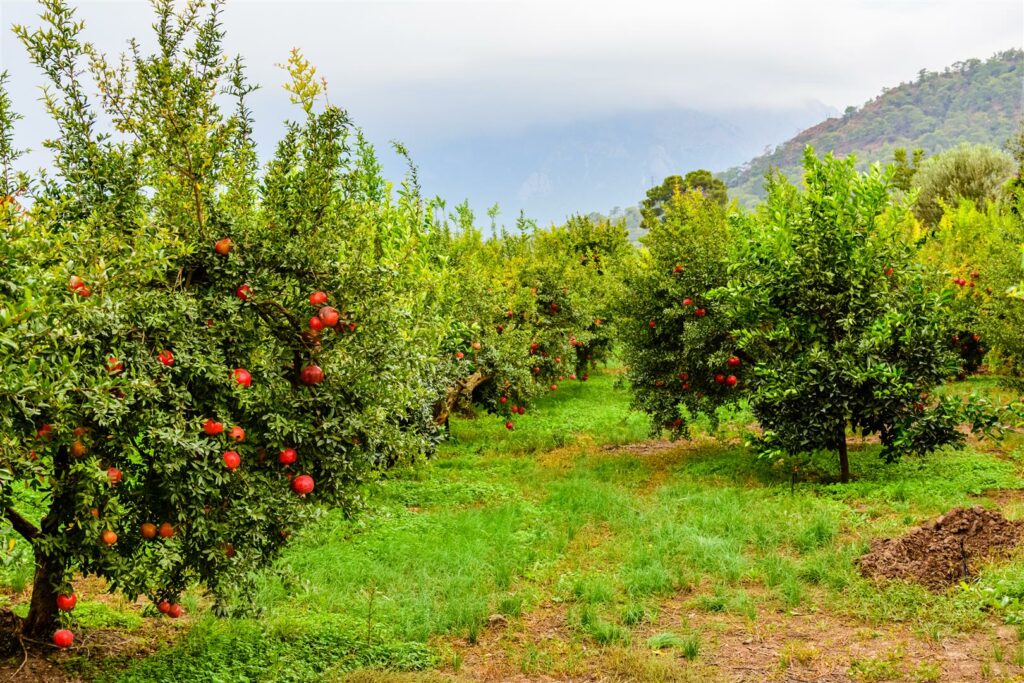The integration of satellite and drone images with remote sensing techniques facilitates efficient monitoring and management of fruit trees, providing significant benefits to farmers.
Satellite and drone images offer a comprehensive view of fruit tree orchards, capturing valuable data on vegetation health, growth patterns, and environmental conditions. These images allow farmers to assess the overall condition of their trees, detect early signs of stress or disease, and identify areas that require attention.



Remote sensing techniques, such as spectral analysis and thermal imaging, provide detailed insights into various aspects of fruit tree health. They help identify nutrient deficiencies, water stress, pest infestations, and disease outbreaks. By analyzing these data, farmers can make informed decisions about irrigation schedules, fertilizer application, and pest management strategies, optimizing resource allocation and minimizing crop losses.
The timely information obtained through satellite and drone imagery enables farmers to implement proactive measures. They can identify potential issues before they escalate, take preventive actions, and target treatments precisely, reducing the reliance on broad-spectrum chemicals. This approach promotes sustainable agriculture practices and minimizes the environmental impact of farming operations.
Furthermore, remote sensing data assists in yield prediction and estimation. By analyzing tree health, canopy cover, and fruit development, farmers can make accurate forecasts about their harvest and plan accordingly. This helps in optimizing post-harvest logistics, marketing, and sales.
By employing satellite and drone images, along with remote sensing techniques, farmers gain valuable insights and actionable information for effective decision-making. The monitoring and management of fruit trees enable early detection of problems, precise interventions, and improved overall orchard productivity. It empowers farmers to optimize resource utilization, reduce costs, and ensure the long-term health and profitability of their fruit tree operations.

